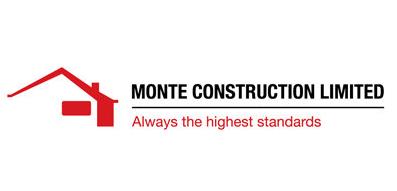|
Asta Pravilonytė
Every manager can call him or herself a good strategist if he or she only works within an environment that is favourable; however, it is only in times of stress that one truly learns what one's capabilities are! |
|
|
|
Sign in
to receive articles:


| |